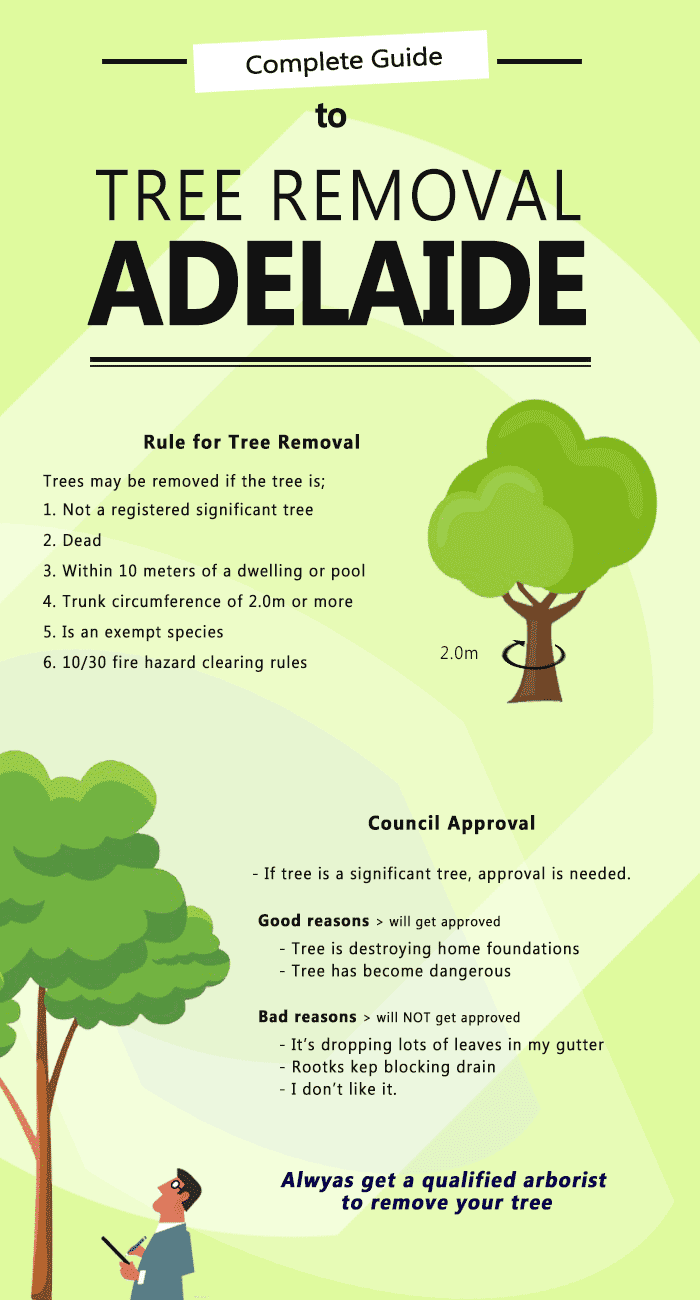Can Trees Be Protected? Indicators For Necessary Tree Removal
Can Trees Be Protected? Indicators For Necessary Tree Removal
Blog Article
Write-Up Composed By-McCollum Levy
If you've ever before wondered about the fate of the trees on your property, recognizing when it's time for removal is critical. But just how do you identify if a tree can be saved or if elimination is the only choice? By seeking details indications and evaluating safety and security threats, you can make educated choices that benefit both your landscape and your environments. Let's explore the key variables that come into play when deciding the destiny of a tree and how you can ensure the best end result for your green companions.
Indicators of Tree Decline
If you see any one of the following signs of tree decrease in your backyard, it might be time to consider tree elimination.
One common sign is dead or worn out branches, which can suggest underlying issues impacting the tree's health. Look out for discolored or shrivelled fallen leaves that continue even with correct care, as this could be an indication of disease or insects.
One more warning signal is excessive leaning or a recognizable change in the tree's base, which might recommend root problems or structural instability. Watch out for fungal development on the trunk or roots, as this can indicate rot and compromise the tree's stability.
In mouse click the next webpage , if you observe big fractures in the trunk or major limbs, it's essential to deal with these issues without delay to avoid prospective threats. Dealing with More Information and facts of tree decrease without delay can aid keep the security and aesthetic appeals of your yard environment.
Safety Problems
To make sure the well-being of your property and those around you, focusing on safety worries associated with trees is critical. Trees can posture numerous safety and security threats if not effectively kept. Dead or worn out branches might fall unexpectedly, jeopardizing individuals or damaging structures.
Leaning trees can also be harmful, specifically if they're leaning towards a structure or power lines. In addition, trees with comprehensive origin systems near structures or below ground utilities can trigger significant damages in time.
It's important to regularly evaluate your trees for any type of signs of potential risk. Look out for splits in the trunk, large tooth cavities, or indicators of disease and decay. If you observe any of these problems, it's finest to seek advice from a professional arborist to analyze the situation and figure out the needed strategy.
Taking positive actions to attend to security problems without delay can avoid mishaps and residential or commercial property damages in the future. Keep in mind, the safety and security of your home and those around you ought to constantly be the top concern when it pertains to tree maintenance.
Consulting an Arborist
When considering the health and safety of your trees, seeking advice from an arborist is an important step. Arborists are educated professionals who specialize in the care and upkeep of trees. They can examine the total health of your trees, recognize any type of issues such as illness or structural problems, and offer professional referrals on the most effective strategy.
By getting in touch with an arborist, you can obtain valuable insights into the problem of your trees and determine whether removal is necessary. Arborists have the understanding and experience to assess the dangers connected with maintaining a tree versus removing it. They can likewise offer assistance on alternate options, such as trimming, cabling, or supporting, to assist preserve the tree whenever possible.
Additionally, arborists can aid you navigate any regional guidelines or allows that might be required for tree removal. Their knowledge can guarantee that the process is carried out securely and in compliance with any kind of applicable laws.
Final thought
In conclusion, when figuring out whether trees can be saved or if removal is needed, it is important to take into consideration indicators of decline and security worries. Consulting an arborist for a complete assessment is vital in making the most effective choice for the tree's health and prospective threats. Bear in mind, positive care and prompt activity can assist preserve trees and protect against mishaps.
